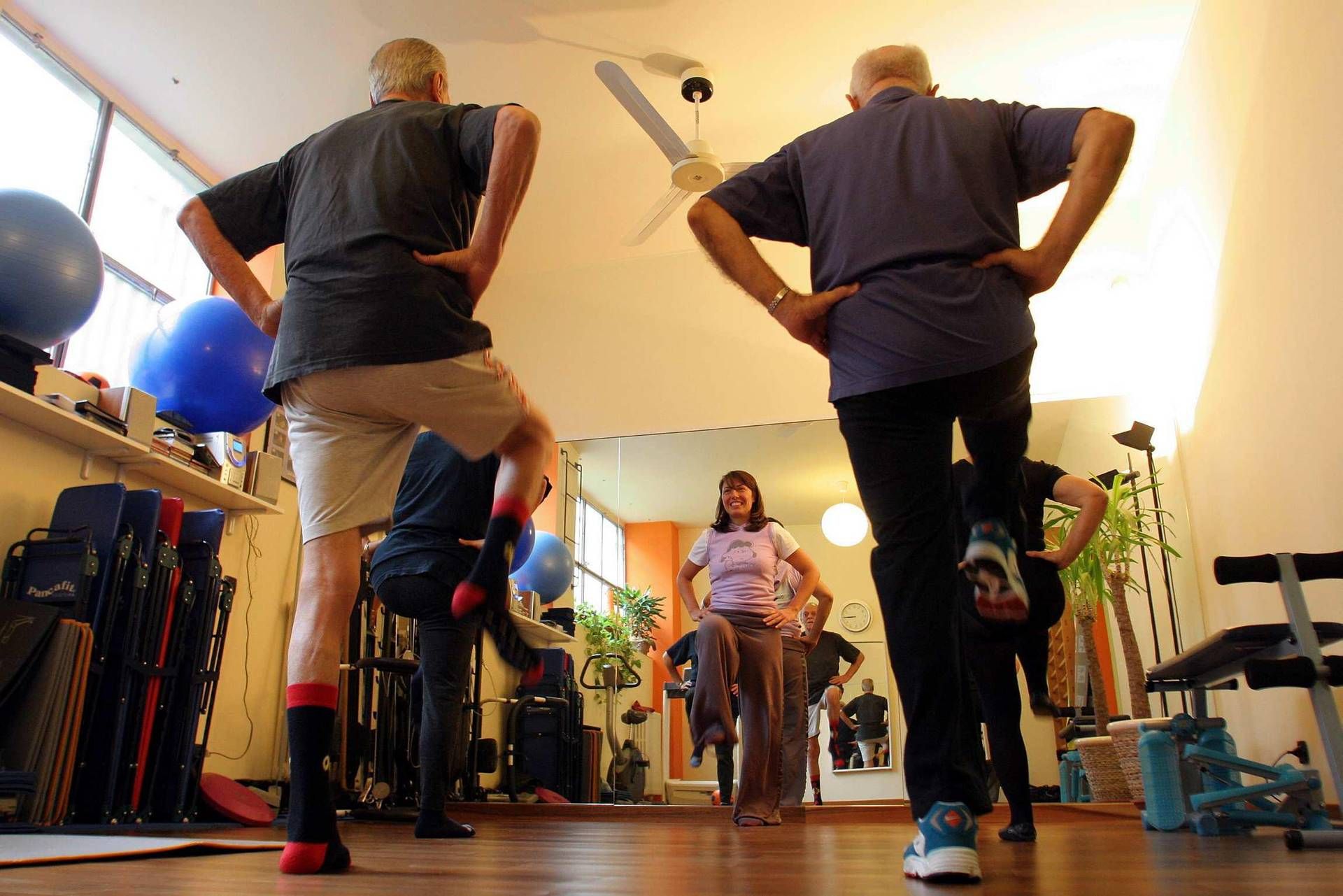New Study Finds Vigorous Exercise Can Slow the Progression of Parkinson’s Disease
Researchers at the Catholic University in Rome and the Agostino Gemelli Irccs University Hospital Foundation have discovered that vigorous exercise can help keep Parkinson’s disease at bay. The study, published in ‘Science Advances’, also identified the biological mechanisms that underlie the beneficial effects of physical activity on the disease. These findings have the potential to lead to new non-pharmacological approaches for treating Parkinson’s.
The research involved collaboration between several institutes, including the San Raffaele Telematic University of Rome, Cnr, Tigem, the University of Milan, and Irccs San Raffaele Rome. The study was funded by the Fresco Parkinson Institute, the New York University School of Medicine, The Marlene and Paolo Fresco Institute for Parkinson’s and Movement Disorders, the Ministry of Health, and Miur.
One of the key findings of the study was the discovery of a new mechanism responsible for the positive effects of exercise on brain plasticity. The researchers found that physical exercise carried out in the early stages of Parkinson’s induced beneficial effects on voluntary movement control. These effects were found to persist over time even after the training was stopped.
According to Paolo Calabresi, the corresponding author of the study and a professor of Neurology at the Catholic University, intensive physical activity can induce functional and structural changes in neurons. This allows for the counteraction of the effects of events that cause neuronal toxicity. Calabresi believes that this newly identified mechanism could help identify new therapeutic targets and functional markers for developing non-pharmacological treatments to be used alongside current pharmacological therapies.
The study used various techniques to measure the neuroprotective effect of physical exercise on motor behavior and visuo-spatial cognition. The researchers observed a reduction in the spread of pathological alpha-synuclein aggregates, which lead to the degeneration of nerve cells in specific areas of the brain responsible for movement control. This reduction was seen after four weeks of daily treadmill training.
The neuroprotective effect of physical activity was associated with the survival of neurons that release dopamine, a neurotransmitter involved in movement control. Additionally, the researchers found that exercise increased the brain neurotrophic factor (BDNF), which interacts with the glutamate receptor Nmda. This interaction allows neurons in the striatum to respond effectively to stimuli, even beyond the interruption of exercise.
Calabresi and his research group are now conducting a clinical study to verify whether physical exercise can slow the progression of Parkinson’s disease in early-stage patients. They also aim to identify new markers to monitor the course of the disease. Additionally, the researchers plan to investigate the involvement of glial cells, which support neuronal activity and are implicated in the immune response.
Overall, these findings highlight the potential of vigorous exercise as a non-pharmacological approach for managing Parkinson’s disease. Further research is needed to fully understand the mechanisms behind the observed effects and to develop targeted therapeutic interventions.
